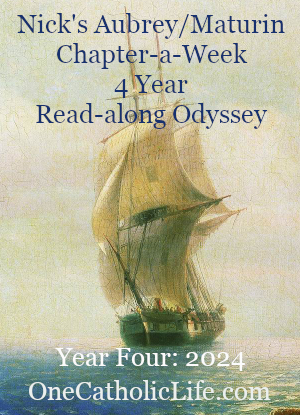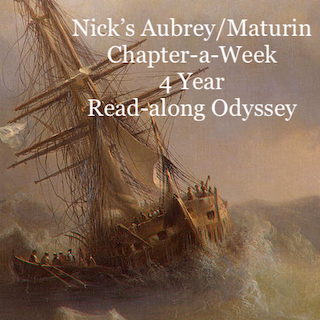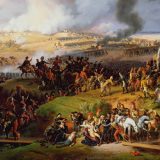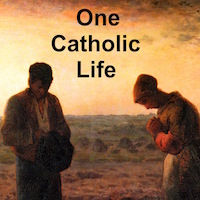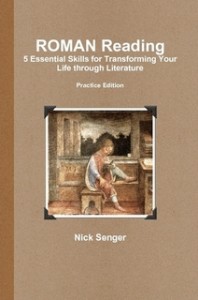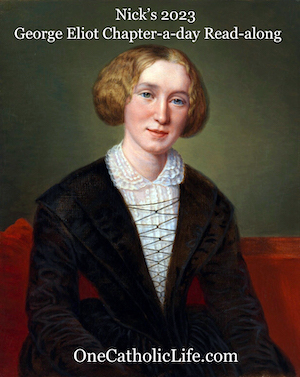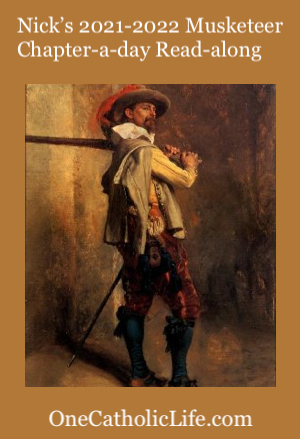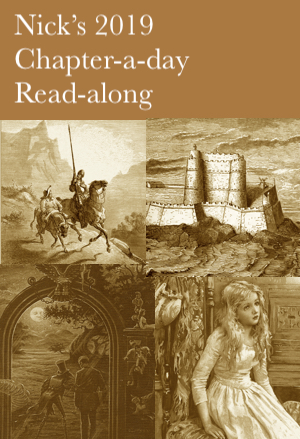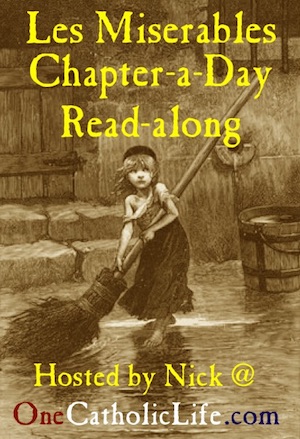Classics Club Book #1: The Betrothed by Alessandro Manzoni
Strange to say, although in times of immediate danger, in face of an enemy, the image of death always breathed new spirit into him and filled him with angry courage, the same image appearing to him in the silence of the night, in the safety of his own castle, afflicted him with sudden dismay. For this time it was not death at the hands of a mortal like himself that threatened him; not a death that could be driven off by better weapons or a quicker hand. It was a death that came all alone, from within; it might still be far away, but every moment brought it a stride nearer.
— The Betrothed, page 370
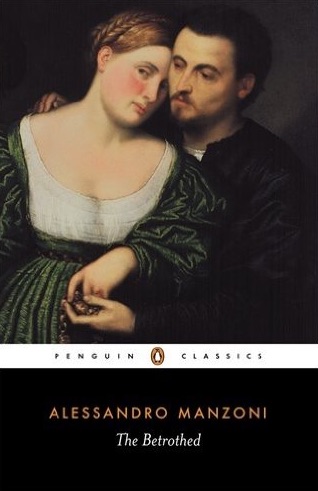 I’ve just finished my first Classics Club challenge book, Alessandro Manzoni’s The Betrothed. The Betrothed is an Italian classic, a Catholic classic, and one of the world’s most influential historical novels. First published in 1827, it was well worth the read.
I’ve just finished my first Classics Club challenge book, Alessandro Manzoni’s The Betrothed. The Betrothed is an Italian classic, a Catholic classic, and one of the world’s most influential historical novels. First published in 1827, it was well worth the read.
I wrote a little about the background and plot of the novel in an earlier post, so I won’t repeat myself here, but as a reminder, The Betrothed is the story of Lucia and Renzo, a young couple living in seventeenth century Italy who simply want to get married. Unfortunately, the Spanish occupation has brought the evil Don Rodrigo into the picture, and his desire for Lucia interferes with their plans in a most tragic way. Though this conflict forms the core of the plot, there are several other side stories and characters that are equally as interesting, and that lift the story from a mere romance to, as Daniel Burt calls it, “a panoramic depiction of an entire culture and its values.”
For me, and I suspect for many, the most memorable part of the novel is Manzoni’s vivid description of the Milan plague of 1630. Manzoni’s meticulous research and his attention to detail serve him well as he describes the effect of the plague on the citizens of Milan.
But I also was moved by two key conversations in the novel, both of which involve the historical figure of Cardinal Federigo Borromeo, younger cousin of St. Charles Borromeo. Federigo was the Archbishop of Milan beginning in 1595, and Manzoni does a masterful job of portraying his faith and wisdom, especially when he meets with those who struggle with living out their faith. Like the Bishop of Digne in Les Misérables, Borromeo is a model of what an archbishop should be. Pope Francis challenges all priests “to be shepherds with the smell of sheep,” and Archbishop Federigo Borromeo illustrates that vividly, especially when contrasted with the weak priest Don Abbondio.
The other character I was most fascinated by was the man known only as “The Unnamed.” In fact, it was after his introduction into the story that I really began to appreciate Manzoni’s writing. The complexity of his character, his impact on the plot, and the inner workings of his mind and soul drew me even further into the story.
The Betrothed is a true classic of Catholic literature, displaying faith as the integral part of human life that it is. However, this is no sugar-coated treatment of Christian life. Not all clergy and religious are virtuous in The Betrothed, and characters struggle with courage, doubt, nihilism, and forgiveness.
All in all, I highly recommend The Betrothed, especially for those who like historical fiction. It would also make a good read for a book group, with lots to talk about. If you do decide to read it, you may find The Betrothed Map helpful.
The Betrothed by Alessandro Manzoni
First edition (revised version) Italy, 1842 as I promessi sposi
Kindle edition: Penguin; New Impression Edition, 1983
Print Length : 720 pages

